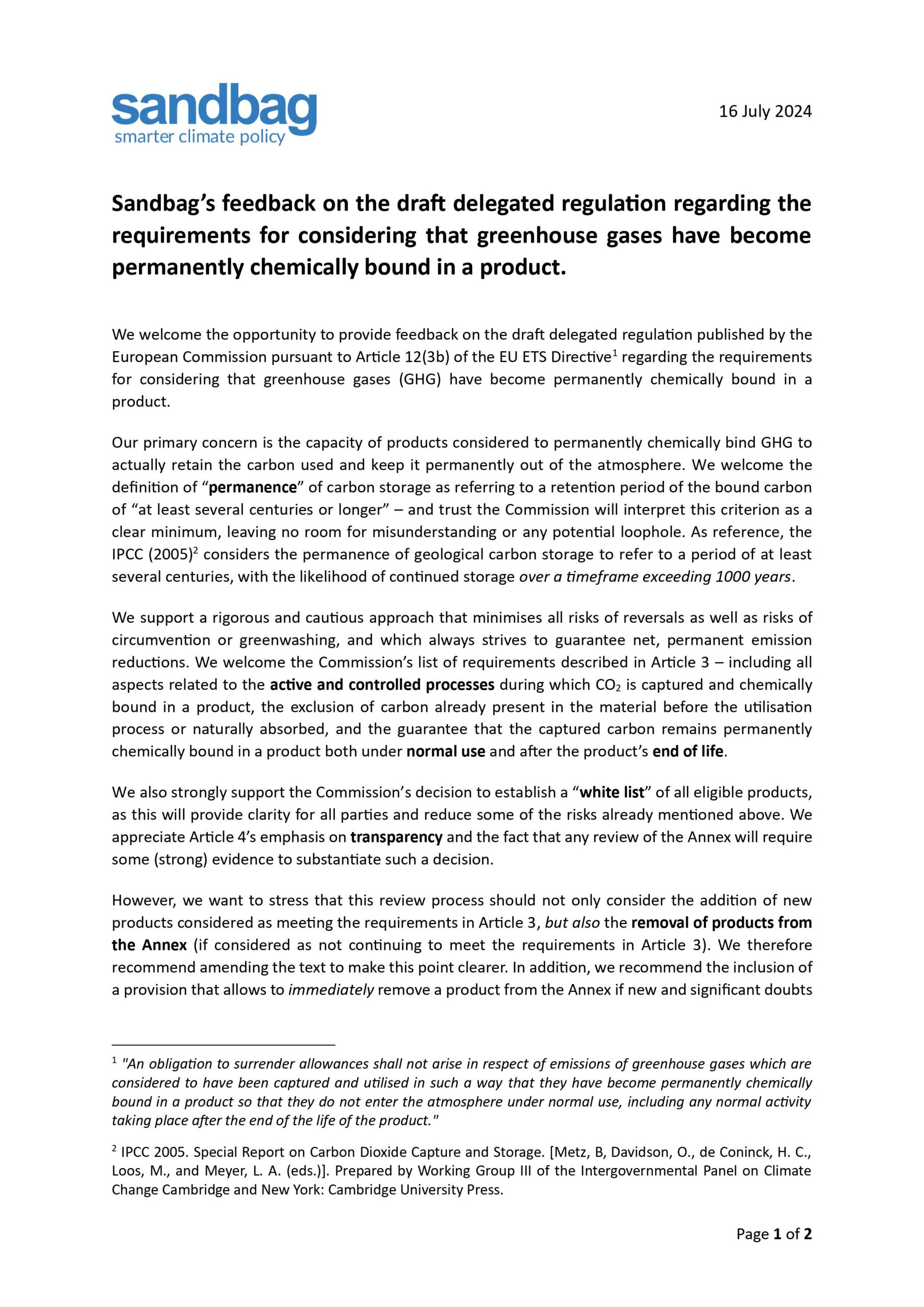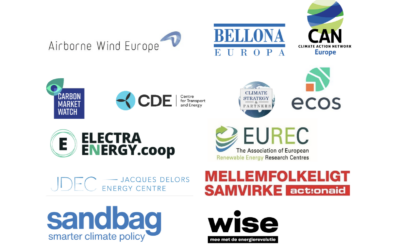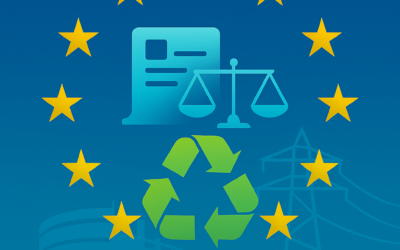We welcome the opportunity to provide feedback on the draft delegated regulation published by the European Commission pursuant to Article 12(3b) of the EU ETS Directive [1] regarding the requirements for considering that greenhouse gases (GHG) have become permanently chemically bound in a product.
Our primary concern is the capacity of products considered to permanently chemically bind GHG to actually retain the carbon used and keep it permanently out of the atmosphere. We welcome the definition of “permanence” of carbon storage as referring to a retention period of the bound carbon of “at least several centuries or longer” – and trust the Commission will interpret this criterion as a clear minimum, leaving no room for misunderstanding or any potential loophole. As reference, the IPCC (2005) [2] considers the permanence of geological carbon storage to refer to a period of at least several centuries, with the likelihood of continued storage over a timeframe exceeding 1000 years.
We support a rigorous and cautious approach that minimises all risks of reversals as well as risks of circumvention or greenwashing, and which always strives to guarantee net, permanent emission reductions. We welcome the Commission’s list of requirements described in Article 3 – including all aspects related to the active and controlled processes during which CO2 is captured and chemically bound in a product, the exclusion of carbon already present in the material before the utilisation process or naturally absorbed, and the guarantee that the captured carbon remains permanently chemically bound in a product both under normal use and after the product’s end of life.
We also strongly support the Commission’s decision to establish a “white list” of all eligible products, as this will provide clarity for all parties and reduce some of the risks already mentioned above. We appreciate Article 4’s emphasis on transparency and the fact that any review of the Annex will require some (strong) evidence to substantiate such a decision.
However, we want to stress that this review process should not only consider the addition of new products considered as meeting the requirements in Article 3, but also the removal of products from the Annex (if considered as not continuing to meet the requirements in Article 3). We therefore recommend amending the text to make this point clearer. In addition, we recommend the inclusion of a provision that allows to immediately remove a product from the Annex if new and significant doubts arise with regards to its compliance with the criteria listed in Article 3 – at least temporarily, until strong and sufficient evidence of the contrary is provided.
We also believe that stakeholders other than EU Member States’ competent authorities should be allowed to formulate requests for updates (cf. Article 4.2). However, to promote transparency, accountability, and prevent organisations with potential conflicts of interest to lobby the Commission without some form of public scrutiny, we recommend that such requests be always made publicly available and follow specific guidelines formulated by the Commission.
Finally, as per suggested in Article 4.3, we believe that both the examination process and the outcome of the review process should be made publicly available. Article 4.3 does not specify whether this would only concern products that are deemed eligible (i.e. added to the Annex). We strongly recommend that the results and relevant documentation of the examinations of “unsuccessful” products (i.e. those found not to meet the criteria listed in Article 3) be also made publicly available. This will increase overall transparency, allow the general public to better understand the factors determining how the list is updated, and encourage more constructive feedback. We also hope the Commission will make publicly available all relevant documentation pertaining to the initial examination that identified the products listed in the Annex as being eligible.
The primary objective of the EU ETS is to help incentivise net total emission reductions in the EU over time. “Permanent” CCU applications can help towards that objective and act as a complementary tool to balance out residual emissions and ultimately achieve net negative emissions. However, we do not believe carbon capture applications – let alone non-permanent ones – should substitute direct emission reductions when the latter are still possible. We thank the Commission for their work on this delegated regulation and look forward to continuing engaging constructively on this topic.
[1] “An obligation to surrender allowances shall not arise in respect of emissions of greenhouse gases which are considered to have been captured and utilised in such a way that they have become permanently chemically bound in a product so that they do not enter the atmosphere under normal use, including any normal activity taking place after the end of the life of the product.”
[2] IPCC 2005. Special Report on Carbon Dioxide Capture and Storage. [Metz, B, Davidson, O., de Coninck, H. C., Loos, M., and Meyer, L. A. (eds.)]. Prepared by Working Group III of the Intergovernmental Panel on Climate Change Cambridge and New York: Cambridge University Press.
Download our feedback to learn more about our recommendations.
Read More:
Scrap Steel at Sea: How ship recycling can help decarbonise European steel production
As Europe seeks to decarbonise its steel industry, a new Sandbag report highlights an overlooked solution: high-quality scrap steel from retired ships. With up to 15 million tonnes of certified scrap available annually, ship recycling could meet 20% of EU steel scrap demand — if policy gaps are addressed.
ICC reform and expansion risks diverting ETS revenues from real climate action
Sandbag and 14 other organisations urge the European Commission to reform, not expand, the ETS Indirect Cost Compensation scheme — warning that current proposals risk diverting climate funding into untargeted fossil subsidies.
Sandbag’s feedback to the call for evidence on the Circular Economy Act
Sandbag’s submission to the European Commission’s Circular Economy Act Call for Evidence highlights the importance of improving steel scrap quality, setting minimum recycled content requirements, and aligning carbon incentives to enhance circularity across the EU industrial sector.




